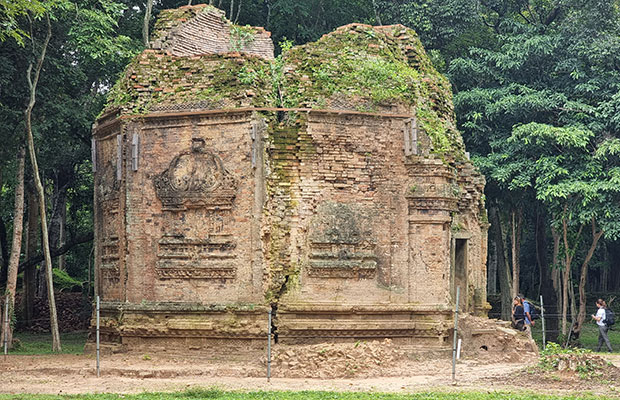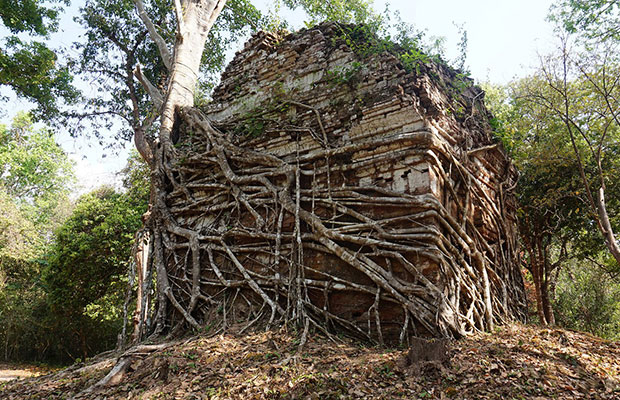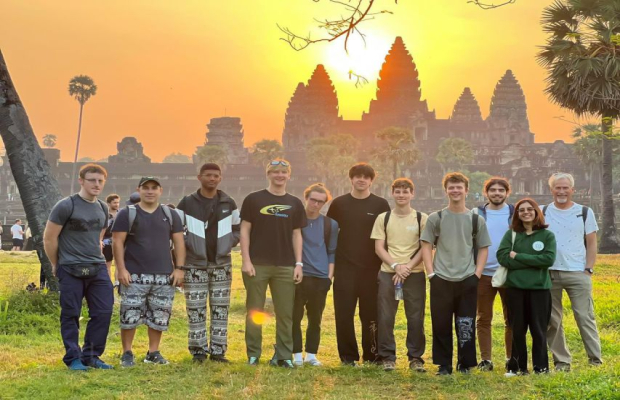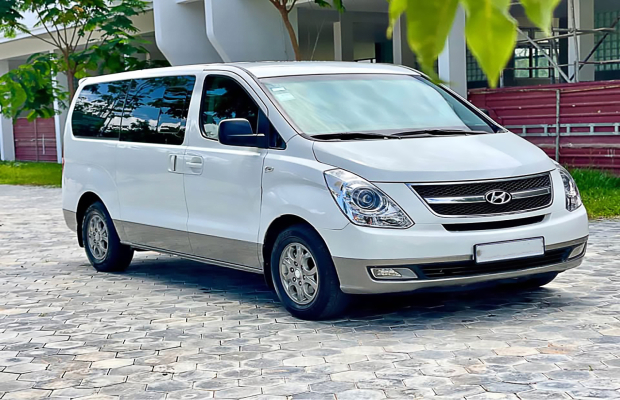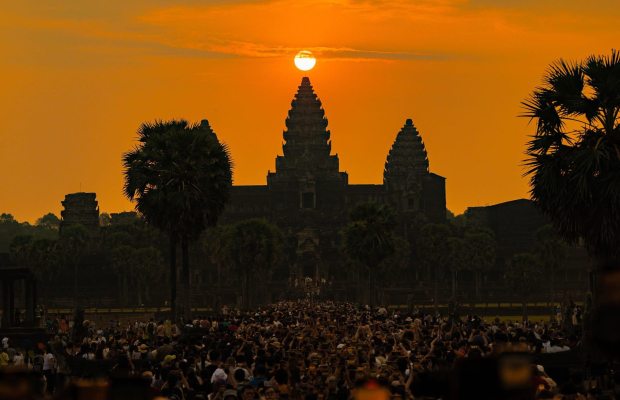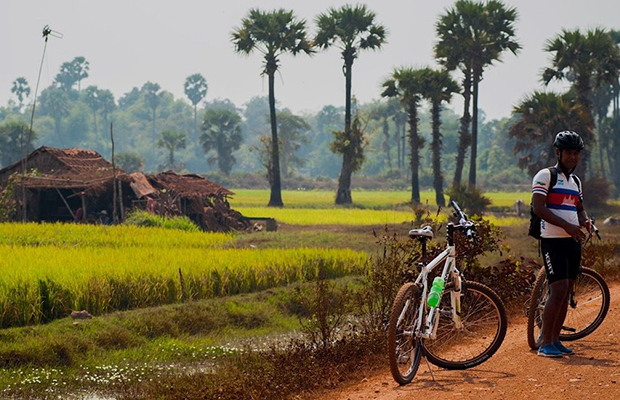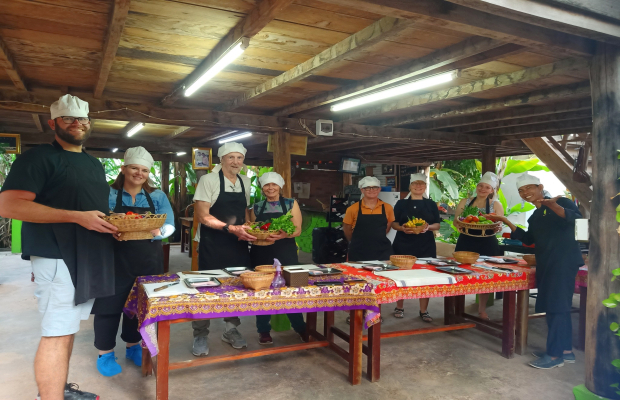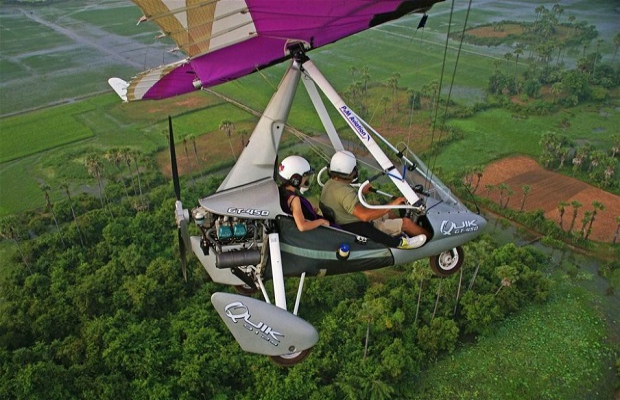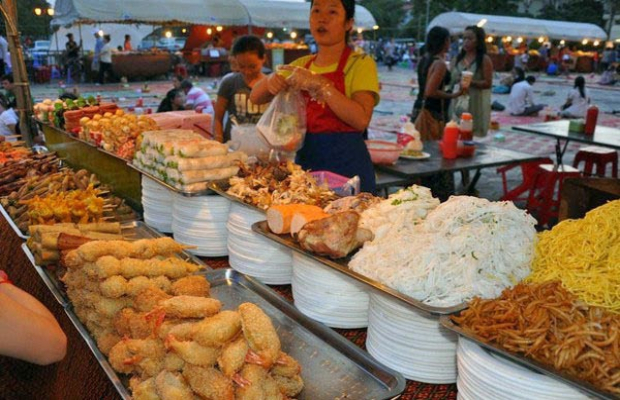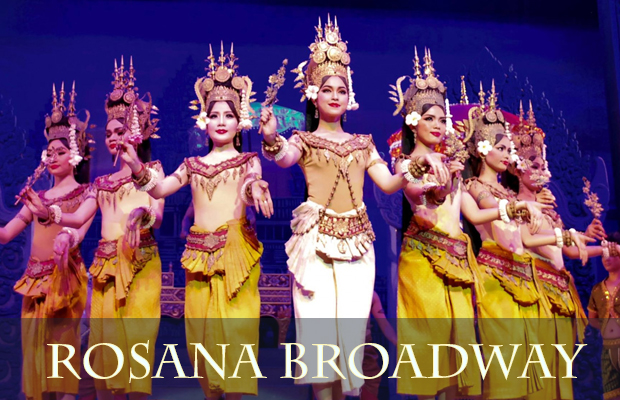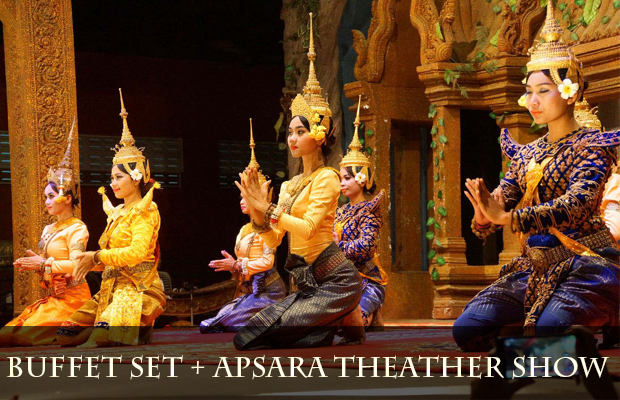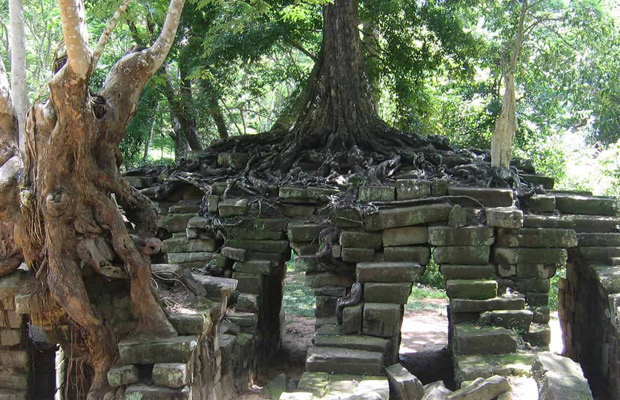Cambodia Temple Guide
Sambor Prei Kuk
Overview of Sambor Prei Kuk
The pre-Angkorian temple complex of Sambor Prei Kuk is located about 30 kilometers to the north of the town of Kampong Thom, Cambodia. It was also known as Isanapura, and was the capital of the Chenla Kingdom.
Located on the Eastern bank of Tonle Sap close to the Sen River, the central part of Sambor Prei Kuk is divided into three main groups. Each group is located in a square lay out surrounded by a brick wall. The structures of the overall archaeological area were constructed at variable times: the southern and north groups (7th century) by Isanavarman I, and the central group (later date). The buildings of Sambor Prei Kuk are characteristic of the Pre-Angkorean period with a simple external plan. The principal material is brick, but sandstone is also used for certain structures. Architectural features include numerous prasats, octagonal towers, shiva lingams and yonis, ponds and reservoirs, and lion sculptures. Sambor Prei Kuk is located amidst mature sub-tropical forests with limited undergrowth. The area has been mined and could still contain unexploded ordnance.
History of Sambor Prei Kuk
Sambor Prei Kuk is a collection of 7th century temple ruins located in Kampong Thom province about 120km from Siem Reap town. Consisting of dozens of impressive brick prasats in semi-cleared jungle, many ruins displaying excellent examples of early Khmer art, this pre-Angkorian complex is a important destination for the serious temple visitor. Sambor Prei Kuk are the ruins of the city of Isanapura, the capital of the pre-Angkorian Khmer kingdom known from Chinese chronicles as Zhendla (Chenla.) The city was constructed by Isanavarman I (r. 616 - 635AD) when Zhendla was at its apex more than 150 years before the rise of Angkor. There are three main complexes: Preah Sambor/North Group; Preah Tor (‘Lion Temple’)/Central Group; Preah Yeay Poun/South Group as well as a number of minor ruins. The main temple complexes are walled, containing a number of prasats in differing states of ruin. Some of the carvings on the prasats’ lintels, columns and pilasters are in very good shape and display wonderfully detailed examples of pre-Angkorian artistry. Large bas-reliefs rendered in brick on the prasats and compound walls represent some of the earliest use of this art form in Khmer art. Octagon shaped prasats are another comparatively unique architectural feature found at Sambor Prei Kuk.
Ruin N7 in the North Group and several of the structures in the South Group are octagonal and in relatively good condition. Tour: A quick walking tour of the main temples takes a bit more than an hour. Enter at the north side of the North Group. The prasats of the North Group are square and rectangular (except N7) and are in varying states of ruin. Proceed through the North Group to Central Group and visit C1, the ‘Lion Temple,’ a large prasat so-named for the lions statues guarding the east door. Loop through the South Group which has several interesting structures in good condition, extensive bas-reliefs and carvings. Walk back through the North Group to N17 (unimpressive but the oldest structure at Sambor Prei Kuk) and then to N18, a picturesque prasat almost completely engulfed in a huge tree. As most of the temples face east, the morning hours present the best photographic light. Directions: Sambor Prei Kuk can be visited in a day trip from Siem Reap or Phnom Penh or, if your transportation allows, in a stop over on the road trip (National Route #6) between Siem Reap and Phnom Penh. The ruins are about 35km/50 minutes outside of Kampong Thom town (hotel and restaurants available in town.) There is a good dirt road to the ruins from Kampong Thom and one small refreshment stand at the complex..
